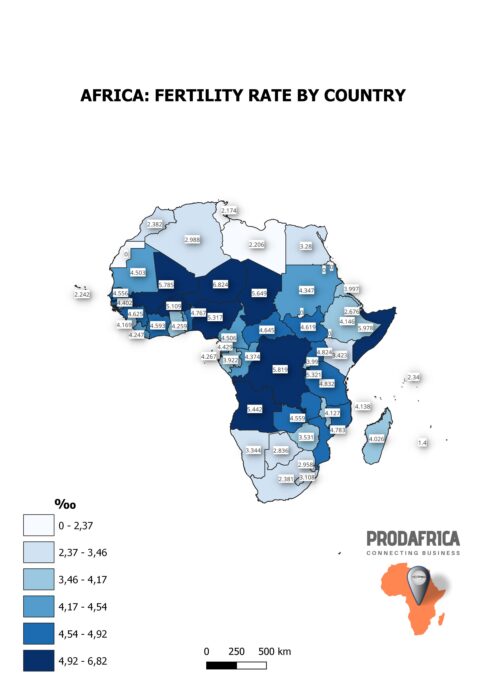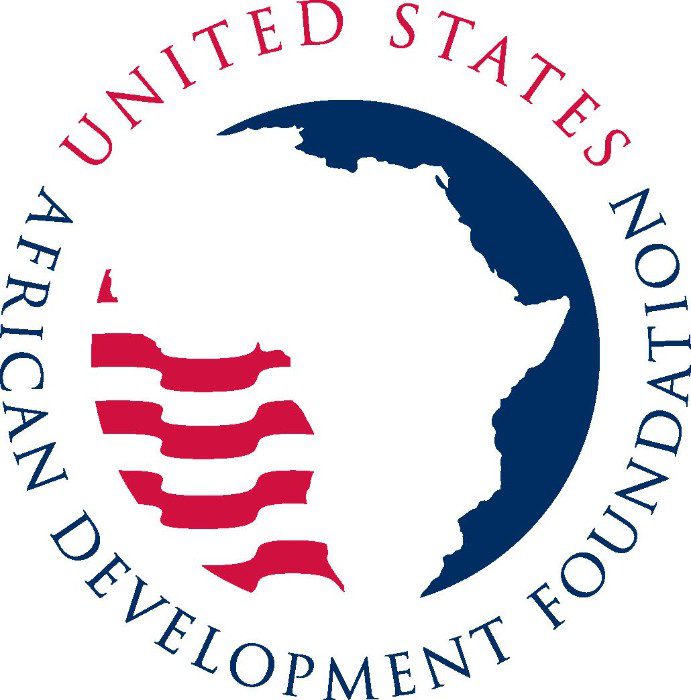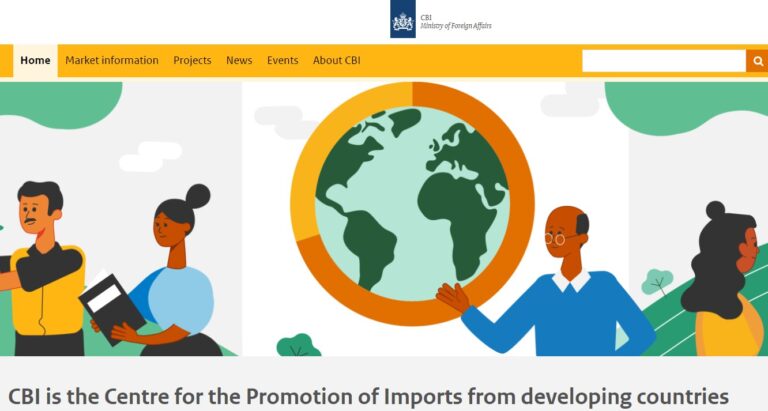Fertility rates are defined as the number of live births per woman of reproductive age in a particular population. Poverty, on the other hand, is a condition characterized by a lack of resources, including food, shelter, healthcare, and education. Poverty affects individuals and families’ ability to meet their basic needs, which can ultimately have an impact on their reproductive decisions.
According to the World Bank, the majority of African countries have high fertility rates, with some countries reporting rates as high as 6 children per woman. This high fertility rate is closely associated with poverty, as poverty limits individuals’ access to education, health services, and family planning resources. Many African countries also lack adequate infrastructure, including water and sanitation systems, which can lead to health problems and infant mortality.
Studies have shown that there is a clear correlation between poverty and high fertility rates in African countries. Women living in poverty are more likely to have more children than women living in more affluent areas. This is due to several factors, including a lack of access to family planning resources, cultural beliefs that prioritize large families, and a lack of education on reproductive health and family planning.
Another factor that contributes to high fertility rates in African countries is the high infant and child mortality rates. In many African countries, a large number of children die before their fifth birthday due to poverty-related illnesses, including malnutrition and lack of access to healthcare. Parents often have more children to compensate for the high mortality rate, which leads to high fertility rates.
Furthermore, poverty can also lead to early marriage and childbearing, as families may view daughters as a financial burden and seek to marry them off early. Early marriage often leads to early childbirth, which can increase the number of children born to a family.
There is a clear correlation between fertility rates and poverty in African countries. Poverty limits individuals’ access to education, healthcare, and family planning resources, leading to high fertility rates. Factors such as cultural beliefs, high infant mortality rates, and early marriage and childbearing also contribute to high fertility rates in African countries. To address this issue, African countries must prioritize poverty reduction and invest in infrastructure and healthcare to improve the well-being of their citizens. Additionally, education and family planning resources must be made more widely available to help individuals make informed decisions about their reproductive health.














